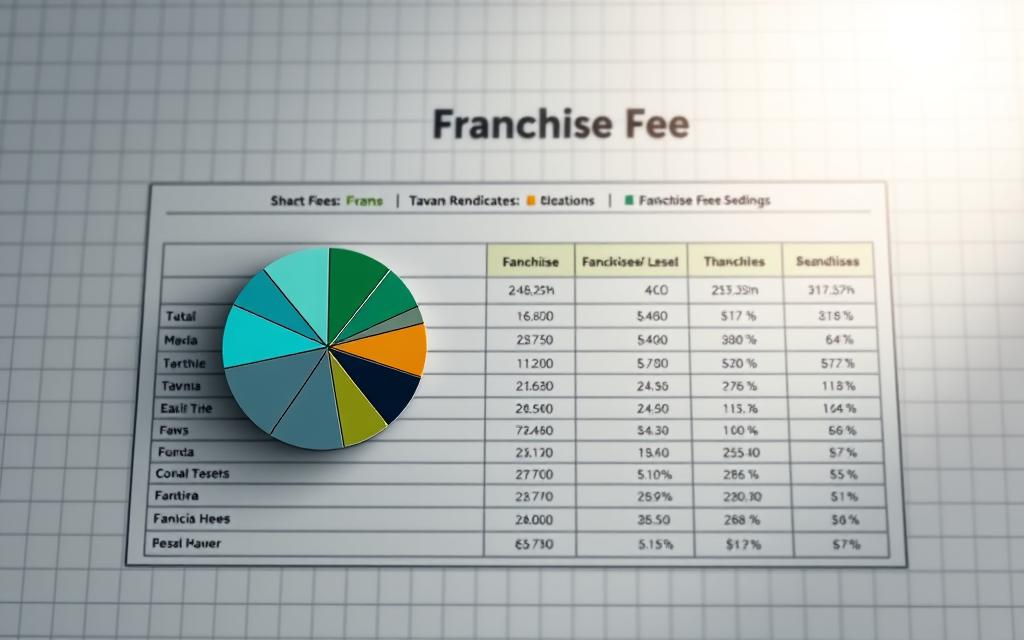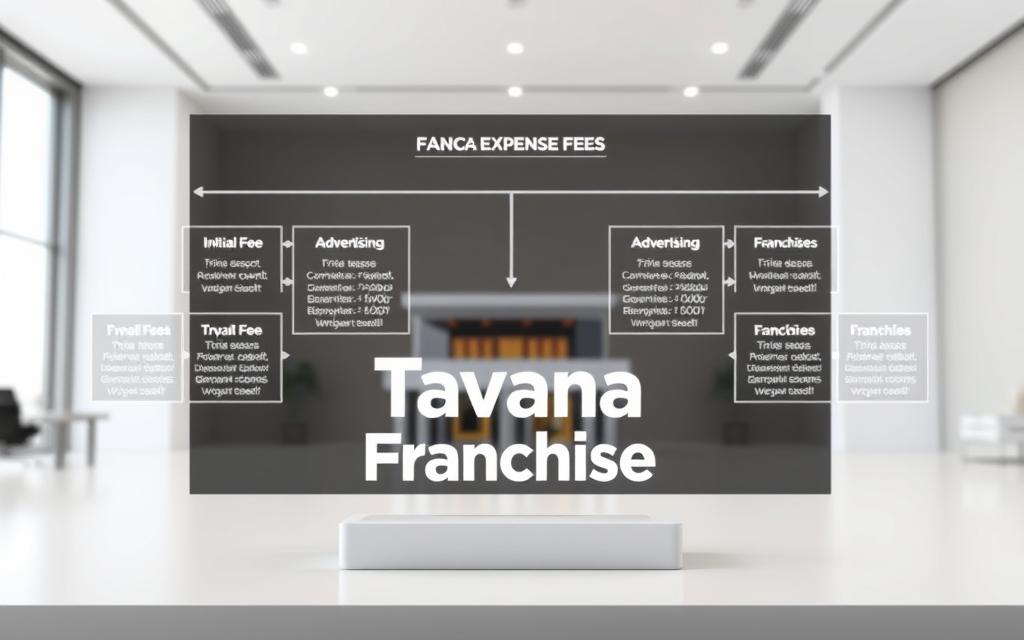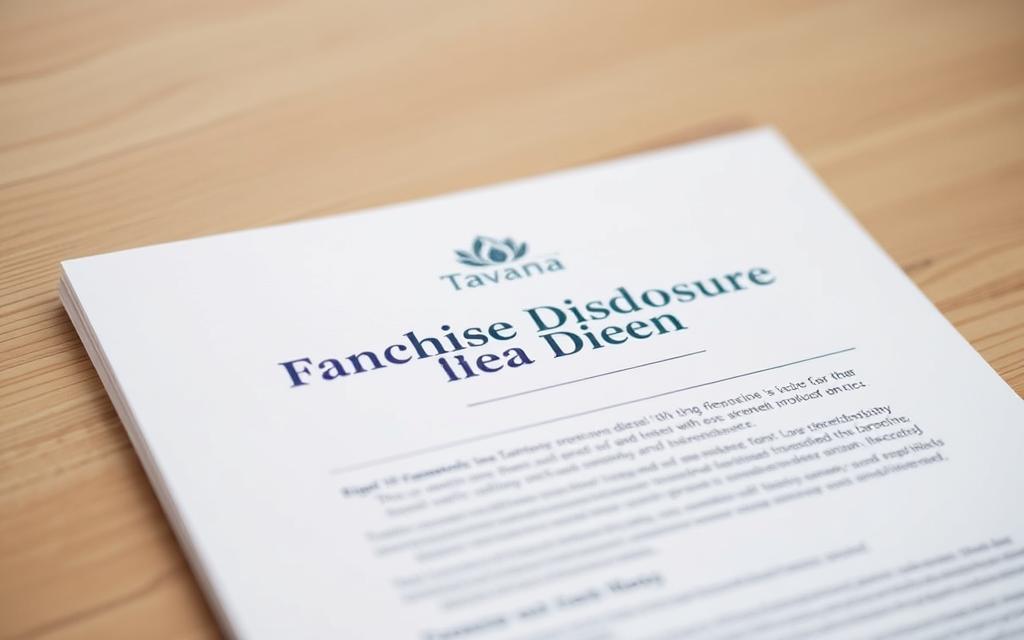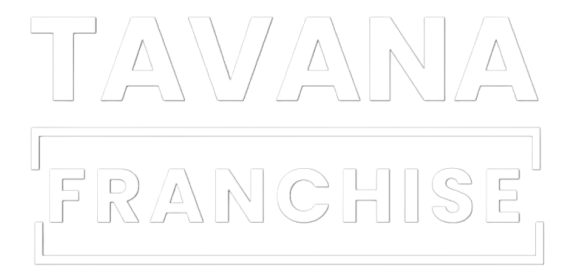Did you know that the average franchise cost can range from $20,000 to over $1 million?
As a prospective franchisee, it’s key to know the initial investment needed. This helps you make a smart choice.
The franchise fee is only part of the cost. In this guide, we’ll cover all the expenses of buying a franchise. This will help you get ready for the financial step ahead.
Key Takeaways
- Understand the average cost of buying a franchise
- Learn about the different types of franchise fees
- Discover the factors that affect franchise investment
- Get tips on how to prepare for the financial commitment
- Explore the benefits of investing in a franchise
Understanding Franchise Fees
Getting into franchising means understanding the different fees involved. As a future franchisee, you’re not just buying a business. You’re also agreeing to pay various fees, including franchise fees.
Definition and Importance
Franchise fees are what franchisees pay to use a franchise. These fees change based on the brand, industry, and more. Knowing about these fees is key to figuring out the total cost of a franchise.
The initial franchise fee is a one-time payment. It gives you access to the franchise’s business model, training, and support. This fee is a big part of the agreement and can be quite high.
Types of Franchise Fees
There are several types of franchise fees you should know about:
- Initial Franchise Fee: A one-time payment made when you sign the agreement.
- Ongoing Royalties: Regular payments based on a percentage of sales or a fixed amount.
- Marketing and Advertising Fees: Payments for local or national marketing campaigns.
- Technology and Support Fees: Fees for ongoing technology support and system updates.

How Franchise Fees Differ by Industry
Franchise fees change a lot between industries. For example:
- Food service franchises often have higher initial fees because of equipment and inventory needs.
- Service-based franchises might have lower initial fees but higher ongoing royalties.
- Retail franchises could have significant marketing fees to keep the brand visible.
Knowing these differences helps you understand the financial needs of a franchise better.
Initial Franchise Fee: What to Expect
When you buy a franchise, the initial franchise fee is one of the first costs you’ll see. This fee lets you start a franchise location. It also gives you access to the franchise’s business model and initial training and support.
The cost of the initial franchise fee varies a lot. It depends on the franchise brand, its size, and the industry. Knowing these costs is key for anyone thinking about buying a franchise.
Average Costs in Different Industries
The initial franchise fee can be anywhere from $20,000 to over $100,000. Here are some examples:
- Fast-food franchises might cost between $20,000 to $50,000.
- Retail franchises could cost from $30,000 to $100,000.
- Service-based franchises might cost less, sometimes under $20,000.
- High-end or specialized franchises could cost more, sometimes over $100,000.
It’s important to look into the average initial franchise fee in your desired industry. This helps you know what to expect.
Payment Structures and Timelines
The way you pay the initial franchise fee can differ. Some franchisors want the full fee upfront. Others might let you pay it over time.
When considering payment, think about these points:
- The total amount you need to pay and any discounts for paying upfront.
- The payment schedule if you’re not paying all at once.
- Any extra costs related to the initial fee, like financing charges if you borrow money.
Knowing how you’ll pay and when is crucial for planning your finances.
Understanding the franchise fee structure and the initial franchise fee helps you see the total franchise cost. This knowledge is important for making a smart investment decision.
Ongoing Royalties: An Essential Component
Ongoing royalties are a regular cost for franchisees. It’s key to know how they work and their effects. When looking at a franchise, it’s important to understand the royalty structure and its impact.
Percentage of Sales vs. Fixed Fees
Franchisors can charge royalties in two ways: a percentage of sales or a fixed fee. A percentage of sales model ties royalties directly to your revenue. This means royalties go down when sales are low. On the other hand, fixed fees remain constant, no matter your sales.
For example, a franchise might ask for 5% of your sales as royalties. If you make $100,000 a month, you pay $5,000 in royalties. But, a fixed fee structure might charge a flat $3,000 monthly, no matter your sales.

The Impact of Royalties on Profitability
The effect of ongoing royalties on your profits is huge. High royalties can cut into your margins, making it hard to stay profitable. It’s important to check if the royalty structure fits your financial plans.
“The royalty structure is a critical factor in determining the overall profitability of a franchise. It’s not just about the initial fee; ongoing royalties can make or break your business.”
When looking at a franchise, think about the royalty structure and its effects. A low franchise fee might look good, but high ongoing royalties can cancel out the savings. On the other hand, a franchise with a higher initial cost but lower royalties might be more profitable in the long run.
Understanding the details of franchise fees and royalties is crucial for a smart franchise investment.
Additional Fees to Consider
Buying a franchise costs more than just the initial fee. There are other fees that add up to the total cost. It’s important for potential franchisees to know these costs to plan their budget well.
Marketing and Advertising Fees
Marketing and advertising fees are a big part of franchise costs. These fees help promote the franchise brand, products, and services. You’ll help fund both local and national marketing campaigns.
Types of Marketing Fees:
- National advertising campaigns
- Local marketing initiatives
- Digital marketing efforts
- Promotional materials and events
A franchise industry report says marketing fees can be 1% to 4% of sales. For instance, a $1 million sales franchise might pay $10,000 to $40,000 in marketing fees.
| Franchise | Marketing Fee Percentage | Annual Sales | Marketing Fee |
|---|---|---|---|
| Franchise A | 2% | $1,000,000 | $20,000 |
| Franchise B | 3% | $500,000 | $15,000 |
Technology and Support Fees
Technology and support fees are key franchise costs. They cover the costs of special technology, software, and support systems. These help you run your franchise well and stay ahead in the market.
“Investing in the right technology is crucial for the success of your franchise. It not only streamlines operations but also enhances customer experience.” – Franchise Industry Expert
Technology fees include:
- Point-of-sale systems
- Inventory management software
- Customer relationship management tools
- Ongoing technical support

Using a franchise fee calculator is wise. It helps estimate all costs, like marketing, technology, and more. This way, you can plan your finances better and make a smart franchise investment.
Knowing these extra fees helps you budget well. This way, you can make a well-informed decision about your franchise investment.
The Role of the Franchise Disclosure Document (FDD)
As someone looking to buy a franchise, understanding the Franchise Disclosure Document (FDD) is key. The FDD is a legal document that franchisors must give to potential buyers. It has all the details about the franchise opportunity.
The FDD breaks down into several parts. Each part gives insights into the franchise system, how it works, and the agreement terms. Knowing these parts well is important for a smart investment choice.
Key Sections Relating to Fees
The FDD has sections that talk about the fees for buying and running a franchise. These sections cover:
- Initial fees, like the initial franchise fee
- Ongoing fees, such as royalties and advertising fees
- Other costs, like technology fees and training expenses
Table: FDD Sections Relating to Fees
| FDD Section | Description | Fee Type |
|---|---|---|
| Item 5 | Initial franchise fee and other initial fees | Initial Fees |
| Item 6 | Other fees, including royalties and advertising fees | Ongoing Fees |
| Item 7 | Estimated initial investment, including all costs | Initial Investment |
How to Evaluate FDD Information
When looking at the FDD, it’s important to carefully check the fee information. Here are some tips:
- Get to know the fee structure and compare it to others in the industry.
- Look at the franchisor’s financial statements to see their financial health.
- Think about the support the franchisor offers, like training and marketing help.
The FDD is a crucial document for making a smart franchise investment. By carefully looking at the FDD and understanding the fees, you can judge the investment’s potential.

In the end, the FDD gives a full view of the franchise opportunity, including fees and the franchisor’s duties. By thoroughly checking this document, you can make a better choice for your franchise investment.
Negotiating Franchise Fees
Franchise fee negotiation is a key part of becoming a franchisee. It’s often overlooked but very important. Knowing how to negotiate fees can save you a lot of money and make the agreement better for you.
Strategies for Reducing Initial Costs
Lowering the initial franchise fee is tough, but there are ways to do it. First, research the market and know the average fees for similar franchises. This info is great for starting your negotiation.
Also, show your strengths as a potential franchisee. If you have a good business background or lots of money, the franchisor might lower the fee. This is because you’re seen as less risky.
- Be ready to talk about other terms if the initial fee can’t be lowered.
- Think about multi-unit agreements, which might have better terms overall.
Tips for Discussing Ongoing Fees
Ongoing royalties are a big part of the franchise deal. It’s important to know how they work and how they affect your profits.
One good tip is to ask for a cap on royalties. This ensures your costs don’t go over a certain percentage of sales. Also, understand the franchisor’s support and how it relates to fees. This helps you see the value you’re getting.
- Read the FDD well to know all the fees involved.
- Ask if there’s a chance to lower fees based on performance or owning more units.
By using these strategies and tips, you can negotiate better franchise fees. This could save you thousands and help your franchise succeed more.
Financial Considerations for Franchisees
Starting a franchise requires understanding the financial side. You should carefully look at the costs and how they fit into your business plan. This will help you make a smart investment.
How Fees Affect Your Business Plan
Franchise fees, like the initial fee and ongoing royalties, can change your business’s finances. It’s important to include these costs in your plan. This way, you’ll know what to expect financially as a franchise owner.
When thinking about fees in your plan, consider:
- The total franchise investment needed, including all fees and expenses.
- The effect of ongoing royalties on your profits.
- Any extra costs for marketing, technology, and support.
A franchise fee calculator can help you estimate costs. It lets you input different expenses to see your total costs. This includes both the initial and ongoing franchise expenses.
Securing Financing for Franchise Costs
Getting financing for your franchise means knowing the total cost and looking at your options. You might need loans, grants, or investors for the initial fee and other startup costs.
When looking for financing, have a solid business plan ready. It should show your financial goals and how you’ll handle franchise fees. Lenders and investors want to see you understand the costs and have a plan for making money.
“A well-prepared business plan is key to securing financing for your franchise. It demonstrates to lenders and investors that you have a thorough understanding of the financial implications of franchise ownership.”
Some financing options to think about include:
- Traditional bank loans.
- SBA loans, made for small businesses and franchises.
- Alternative lenders with financing for franchisees.
By looking at your finances and exploring financing options, you can make a good choice for your franchise. This will help you succeed in your business.
Conclusion: Making an Informed Decision
Understanding franchise fees is key in the complex world of franchising. This guide has covered the different fees you might face. This includes the initial fee, ongoing royalties, and other costs.
Assessing the Total Franchise Investment
When looking at a franchise, think about the total cost. This includes the initial fee, ongoing royalties, and other fees. By looking at all these costs, you can decide if the franchise is right for you.
Next Steps in Your Franchise Journey
Now you know more about franchise fees. Next, review the Franchise Disclosure Document (FDD) carefully. You might also want to negotiate fees. With this knowledge, you can move forward with your business plans confidently.

